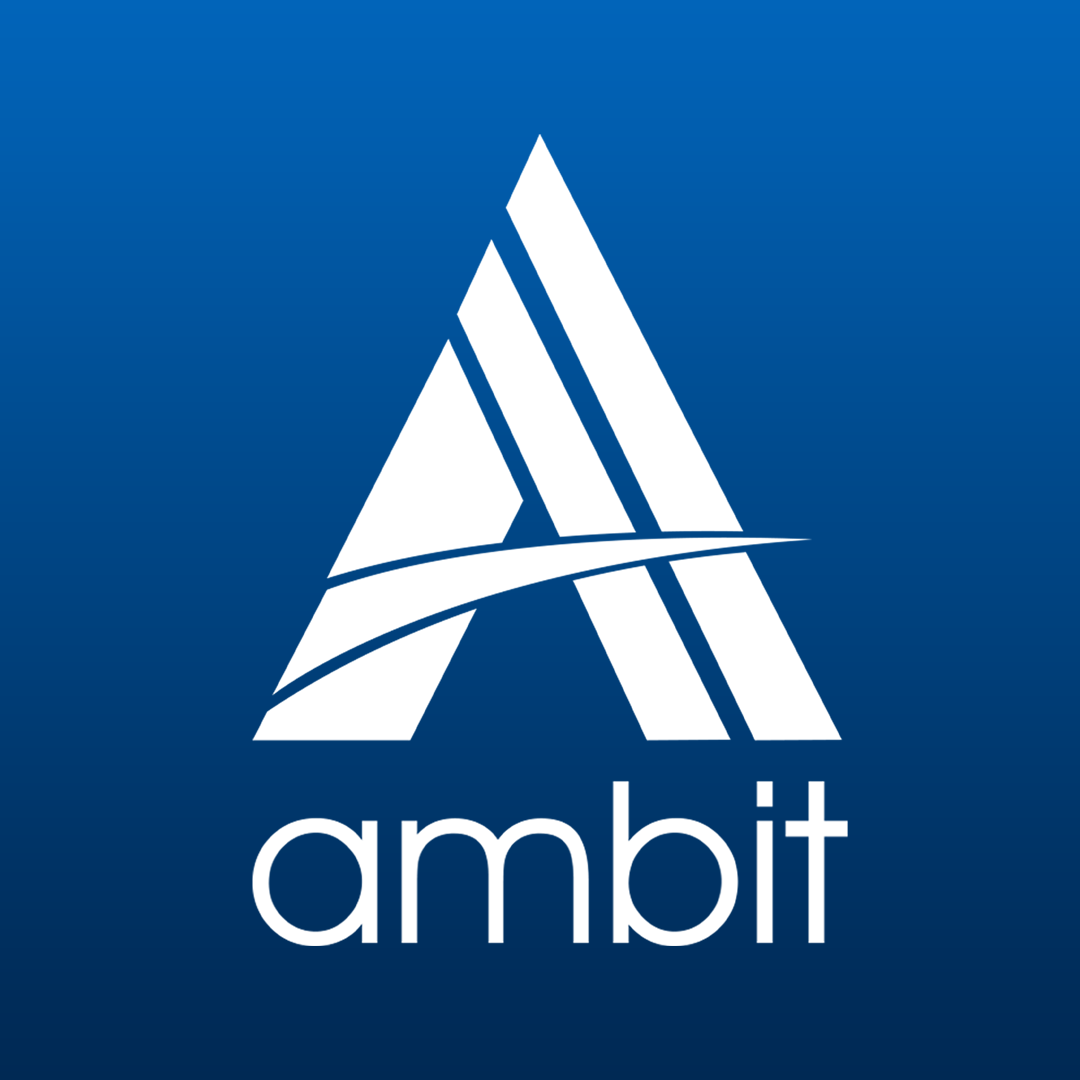Lesson 7 >> Different Digital Marketing Platforms
Welcome back! In our previous lessons, we covered setting up a user-friendly website for his business. Now, it’s time to dive into the different digital marketing platforms that Rahul can use to promote his business and reach a wider audience. Understanding these platforms will help you decide which ones are best suited for your business goals and how to use them effectively.
Why Digital Marketing Platforms Matter
Digital marketing platforms provide the tools and channels needed to connect with potential customers online. They help businesses increase visibility, engage with their audience, and drive sales. For Rahul and TechGear, leveraging these platforms is crucial for growing both local and online presence.
Social Media Marketing
Social media platforms like Facebook, Instagram, Twitter, and LinkedIn are powerful tools for connecting with potential customers and building brand awareness. They allow businesses to share content, run advertisements, and engage with their audience in real-time.
Example for Rahul:
- Facebook and Instagram: Rahul can post updates about new products, share tech tips, and run targeted ads to reach tech enthusiasts.
- Twitter: Rahul can join conversations about the latest tech trends and provide customer support.
- LinkedIn: Rahul can connect with other tech businesses, share industry insights, and build professional relationships.
Search Engine Marketing (SEM)
SEM involves promoting your website through paid advertisements on search engines like Google. These ads appear at the top of search results, driving targeted traffic to your site.
Example for Rahul:
- Rahul can use Google Ads to create campaigns targeting keywords related to TechGear’s products, such as “buy wireless earphones” and “latest smartwatches.”
Email Marketing
Email marketing is a direct way to communicate with your audience. By sending newsletters, promotional offers, and updates, you can keep customers informed and engaged.
Example for Rahul:
- Rahul can build an email list by offering a discount on the first purchase. He can then send regular newsletters with product updates, special offers, and tech news.
Content Marketing
Content marketing involves creating and sharing valuable content to attract and retain customers. This can include blog posts, videos, infographics, and more.
Example for Rahul:
- Rahul can start a blog on TechGear’s website, publishing articles about tech trends, product reviews, and how-to guides. He can also create videos showcasing new products and their features.
Affiliate Marketing
Affiliate marketing is a performance-based strategy where businesses reward affiliates for bringing in customers. Affiliates promote products and earn a commission on sales generated through their efforts.
Example for Rahul:
- Rahul can partner with tech bloggers and influencers who can promote TechGear’s products on their platforms. In return, they earn a commission for each sale made through their referral links.
Pay-Per-Click (PPC) Advertising
PPC advertising allows businesses to place ads on platforms like Google and Facebook and pay only when someone clicks on the ad. This is a cost-effective way to drive traffic to your site.
Example for Rahul:
- Rahul can run PPC campaigns on Google and Facebook, targeting specific demographics and interests related to tech gadgets.
Influencer Marketing
Influencer marketing involves collaborating with influencers who have a large following on social media. They can promote your products to their audience, increasing brand awareness and credibility.
Example for Rahul:
- Rahul can reach out to popular tech influencers on Instagram and YouTube, offering them free products in exchange for reviews and shout-outs.
Practical Application – Step-by-Step Guide:
- Social Media Marketing: Rahul creates profiles for TechGear on Facebook, Instagram, Twitter, and LinkedIn. He shares regular updates, engages with followers, and runs targeted ads.
- Search Engine Marketing (SEM): Rahul sets up Google Ads campaigns targeting keywords relevant to TechGear’s products.
- Email Marketing: Rahul offers a discount for email sign-ups and sends regular newsletters with product updates and offers.
- Content Marketing: Rahul starts a blog and publishes articles and videos about tech trends and product reviews.
- Affiliate Marketing: Rahul partners with tech bloggers and influencers to promote TechGear’s products.
- Influencer Marketing: Rahul collaborates with tech influencers for product reviews and shout-outs.
- Pay-Per-Click (PPC) Advertising: Rahul runs PPC campaigns on Google and Facebook, targeting specific demographics and interests.
Tools and Resources
- Hootsuite: For managing social media profiles and scheduling posts.
- Google Ads: For creating and managing search engine marketing campaigns.
- Mailchimp: For email marketing campaigns and newsletters.
- WordPress: For creating and managing a blog.
- Affiliate Programs: Platforms like ShareASale or Amazon Associates for affiliate marketing.
- Influencer Platforms: Tools like AspireIQ for finding and collaborating with influencers.
- Facebook Ads Manager: For running PPC campaigns on Facebook.
Lets Conclude the Seventh Module Different Digital Marketing Platforms
Understanding and utilizing various digital marketing platforms is essential for reaching a broader audience and driving growth. By leveraging these platforms, Rahul can effectively promote TechGear, attract more customers, and increase sales. In the next lesson, we will delve deeper into social media marketing and how Rahul can create an effective social media strategy for TechGear.
Stay tuned for more insights and practical tips as we continue our journey into the world of digital marketing! Learn the Professional Diploma in Digital Marketing Course with placement support offered by Kerala’s best training institute, Ambit Automation, Cochin

